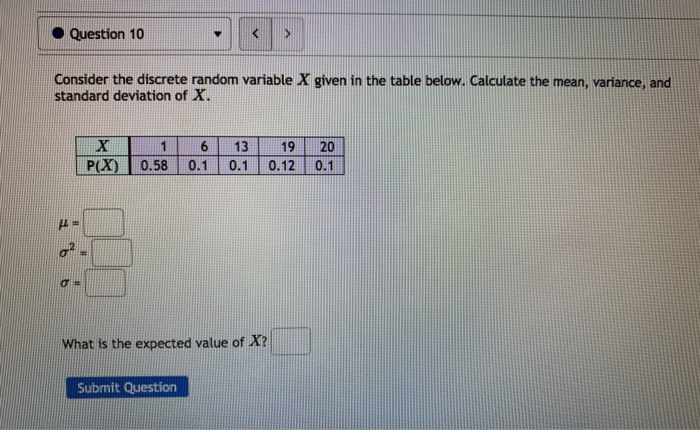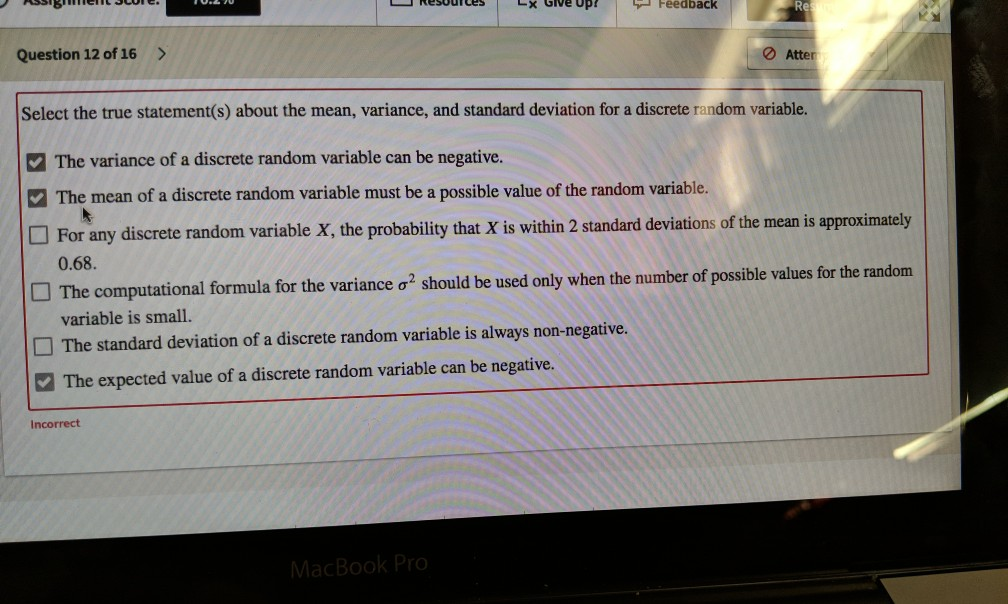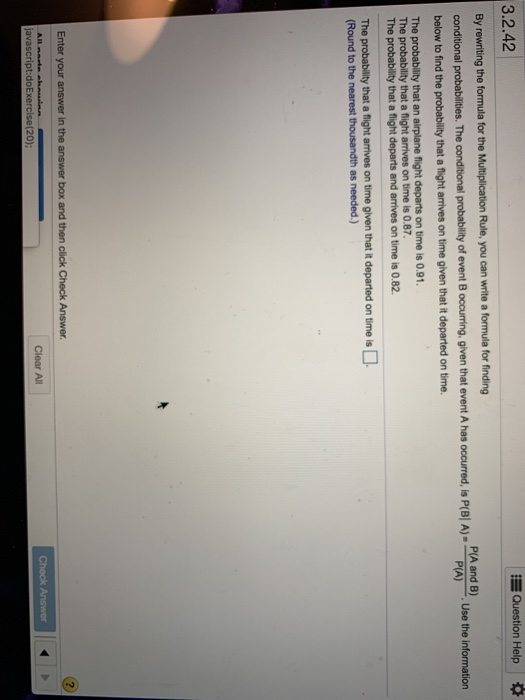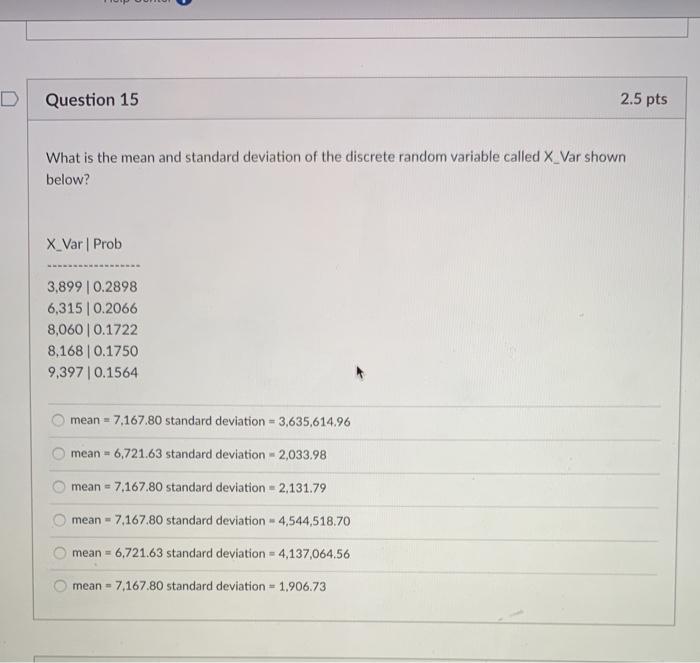Question
Homer performs three simulation studies. His population is skewed to the right. For one study he has his computer generate 10,000 random samples of size
Homer performs three simulation studies. His
population is skewed to the right. For one study
he has his computer generate 10,000 random
samples of size n = 10 from the population.
For each random sample, the computer calculates the Gosset 95% confidence interval for
and checks to see whether the interval is correct. His second study is like his first, but
n = 100. Finally, his third study is like the first,
but n = 200. In one of his studies, Homer obtains 9,504 correct intervals; in another he obtains 9,478 correct intervals; and in the remaining study he obtains 8,688 correct intervals.
Based on what we learned in class, match each
sample size to its number of correct intervals.
Explain your answer.
40. Independent random samples are selected from
two populations. Below are the sorted data from
the first population.
362 373 399 428 476 481
545 564 585 589 590 600
671 694 723 724 904
Hint: The mean and standard deviation of these
numbers are 571.1 and 144.7.
Below are the sorted data from the second population.
387 530 544 547 646 766
786 864
Hint: The mean and standard deviation of these
numbers are 633.8 and 160.8.
(a) Calculate Gosset's 90% confidence interval for the mean of the first population
36. Consider all courtroom trials with a single defendant who is charged with a felony. Suppose
that you are given the following probabilities for
this situation.
Seventy-five percent of the defendants are, in
fact, guilty. Given that the defendant is guilty,
there is a 70 percent chance the jury will convict the person. Given that the defendant is not
guilty, there is a 40 percent chance the jury will
convict the person.
For simplicity, assume that the only options
available to the jury are: to convict or to release
the defendant.
(a) What proportion of the defendants will be
convicted by the jury?
(b) Given that a defendant is convicted, what
is the probability the person is, in fact,
guilty?
(c) What is the probability that the jury will
make a correct decision?
(d) Given that the jury makes an incorrect decision, what is the probability that the decision is to release a guilty person?
37. Recall that a confidence interval is too small if
the number being estimated is larger than every
number in the confidence interval. Similarly, a
confidence interval is too large if the number
being estimated is smaller than every number
in the confidence interval.
Each of four researchers selects a random sample from the same population. Each researcher
calculates a confidence interval for the median
of the population. The intervals are below.
[24, 41], [30, 39], [20, 33], and [35, 45].




Step by Step Solution
There are 3 Steps involved in it
Step: 1

Get Instant Access to Expert-Tailored Solutions
See step-by-step solutions with expert insights and AI powered tools for academic success
Step: 2

Step: 3

Ace Your Homework with AI
Get the answers you need in no time with our AI-driven, step-by-step assistance
Get Started


